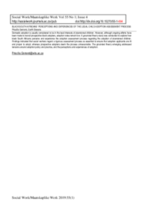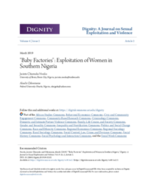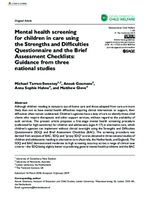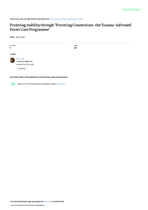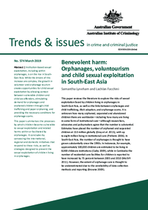Intensive oversight of youth residential treatment: Staff perspectives on the New York State Justice Center for the Protection of People with Special Needs
This study investigates staff perspectives on a new form of intensive oversight developed in New York State to prevent maltreatment of youth in care facilities.

